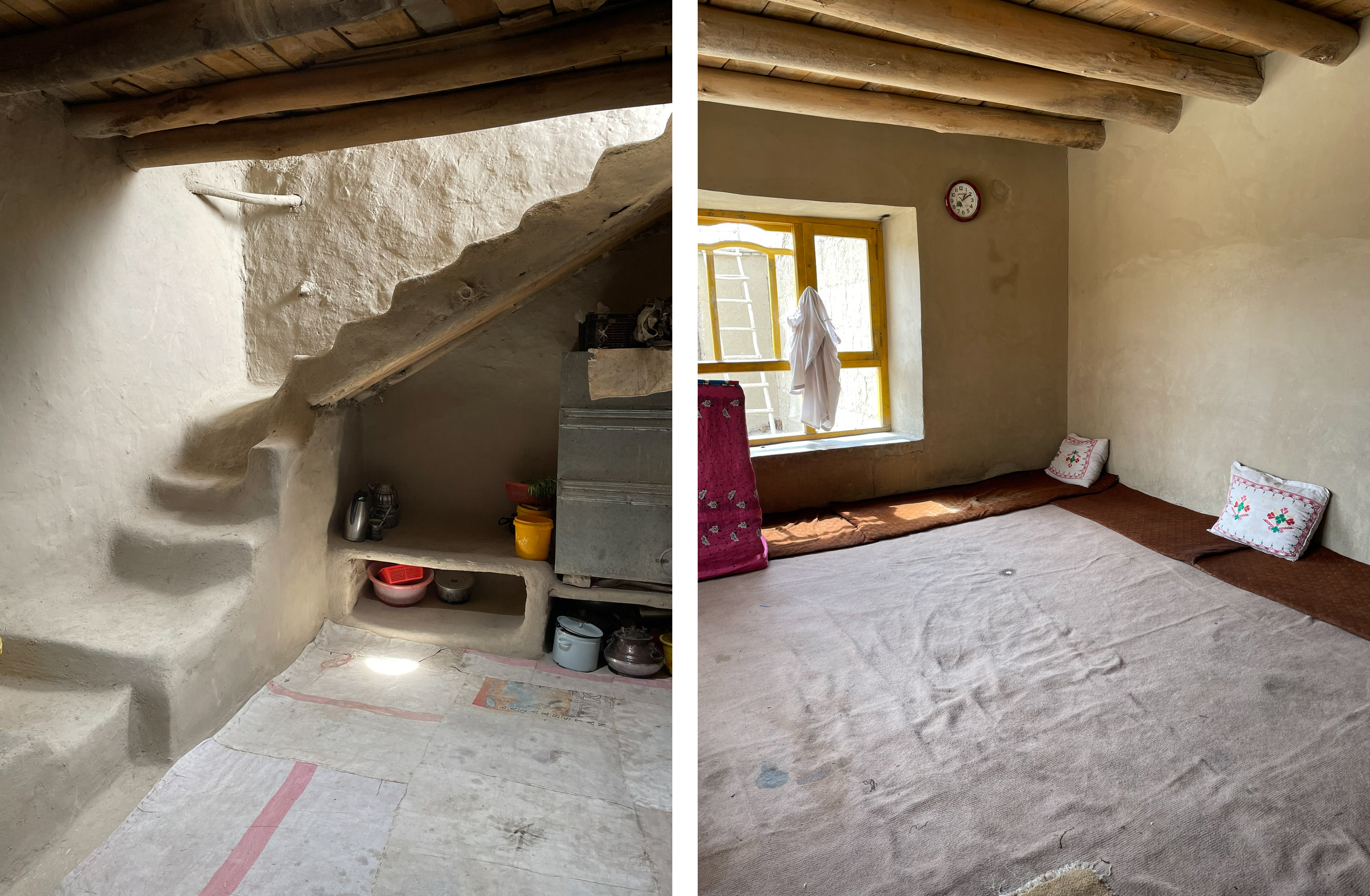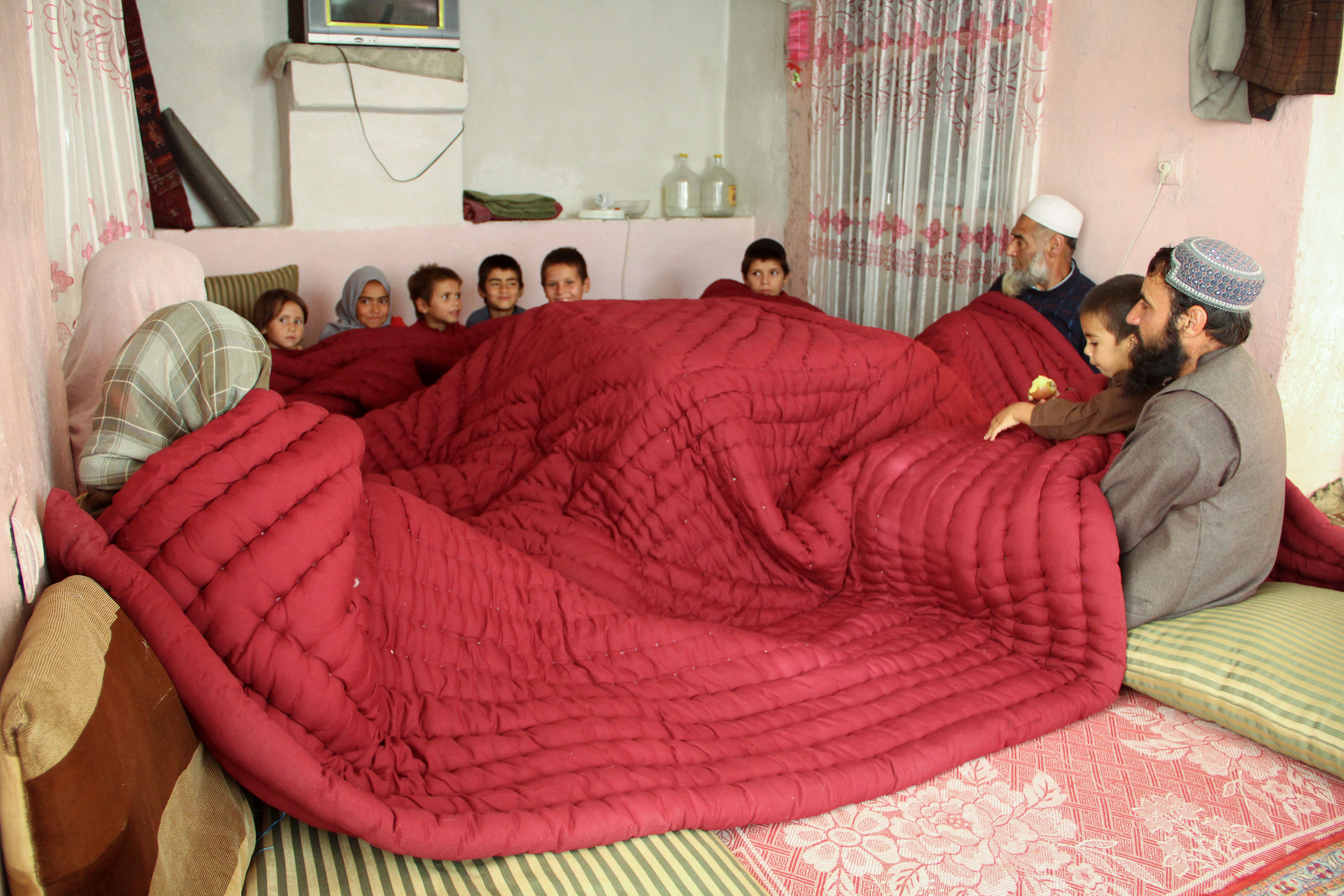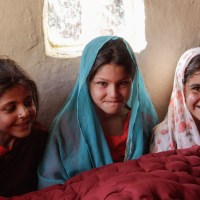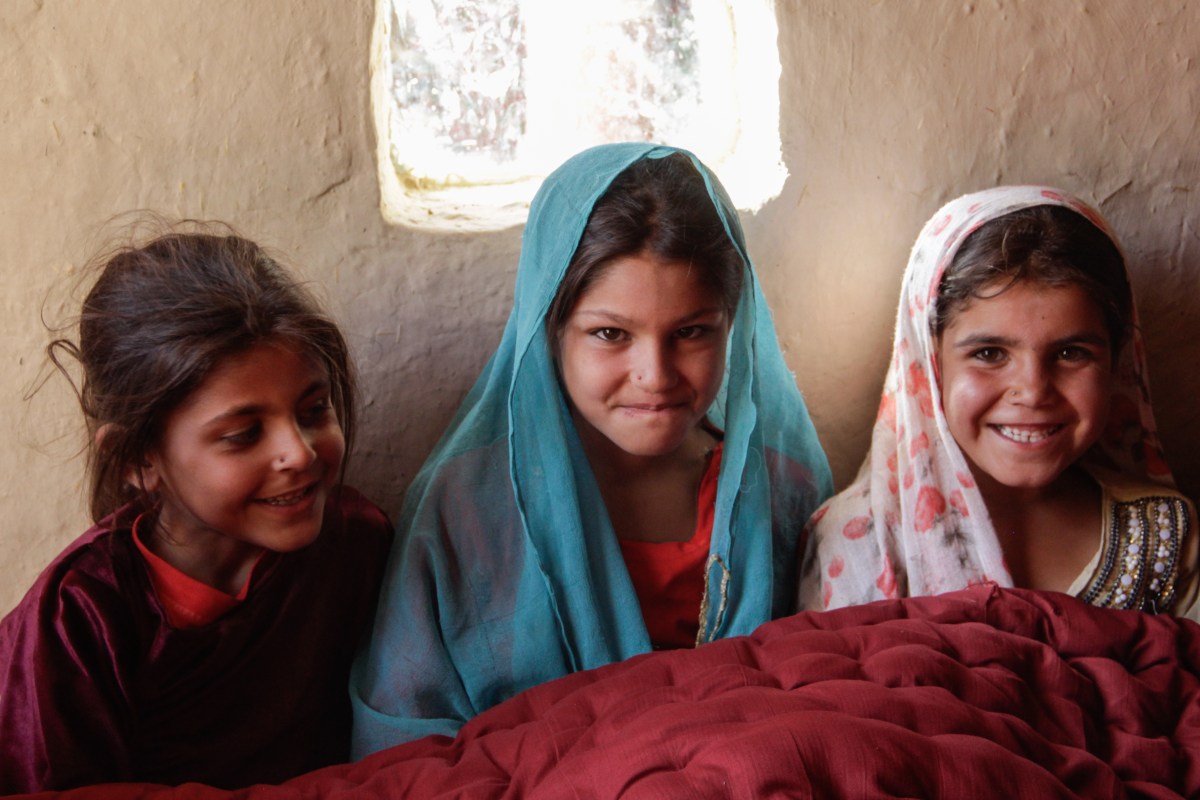The Taliban. The destroyed economy. Natural disasters like floods and earthquakes, but no government entity able to respond to meet needs. Girls largely removed from the educational system. And now winter…with the merciless drop in temperatures. There are a lot of things for vulnerable families in Afghanistan to worry about.
As a community, we can’t change all the issues making life difficult in Afghanistan. But we can change something so that vulnerable families have one less thing to worry about. You’re providing traditional room-sized blankets for families who are at risk of not surviving the winter. Here are three ways these blankets will help:
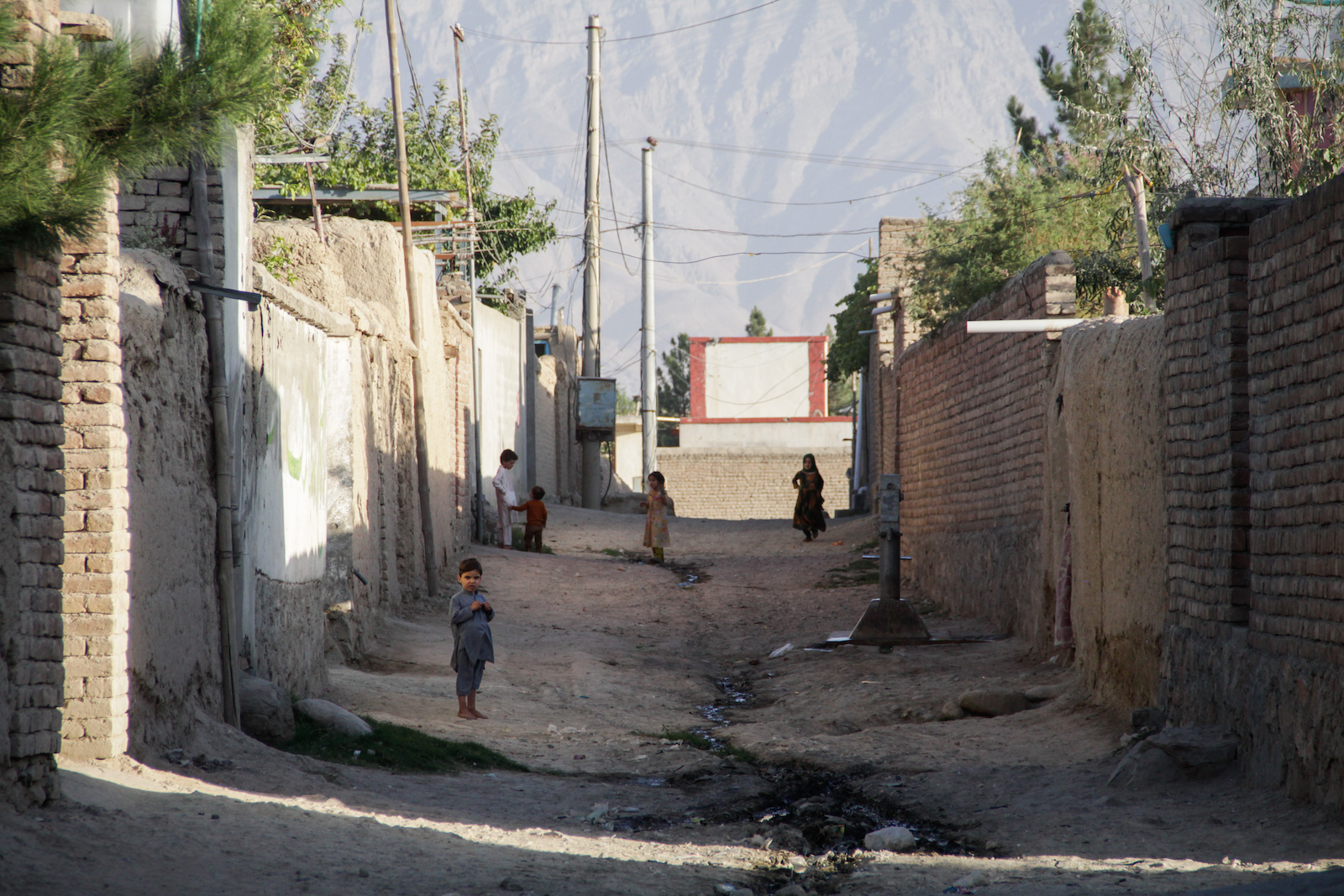
1. Kabul freezes in the winter. Traditional blankets keep families warm.
Winter in Afghanistan can be brutal. Thanks to the mountains around the Kabul area, winter temperatures drop far below the freezing point. Vulnerable families living in tents, or traditional mud and brick homes have no ability to heat rooms. Instead, they heat a smaller space to keep the family warm.
One of the traditional domestic heating methods used during the harsh winters is to drape a thick quilted blanket over a low table that contains a charcoal heater. The entire family sits under the blanket, shoulder to shoulder, to keep warm. These blankets are a lifesaving tool for many low-income families. Our team has made up a new word to refer to these small room-sized blankets, calling them “shahlankets” which means “king’s blanket” because they are so large.
We’re currently distributing 250 large cotton-filled blankets to vulnerable communities to keep them warm this winter.
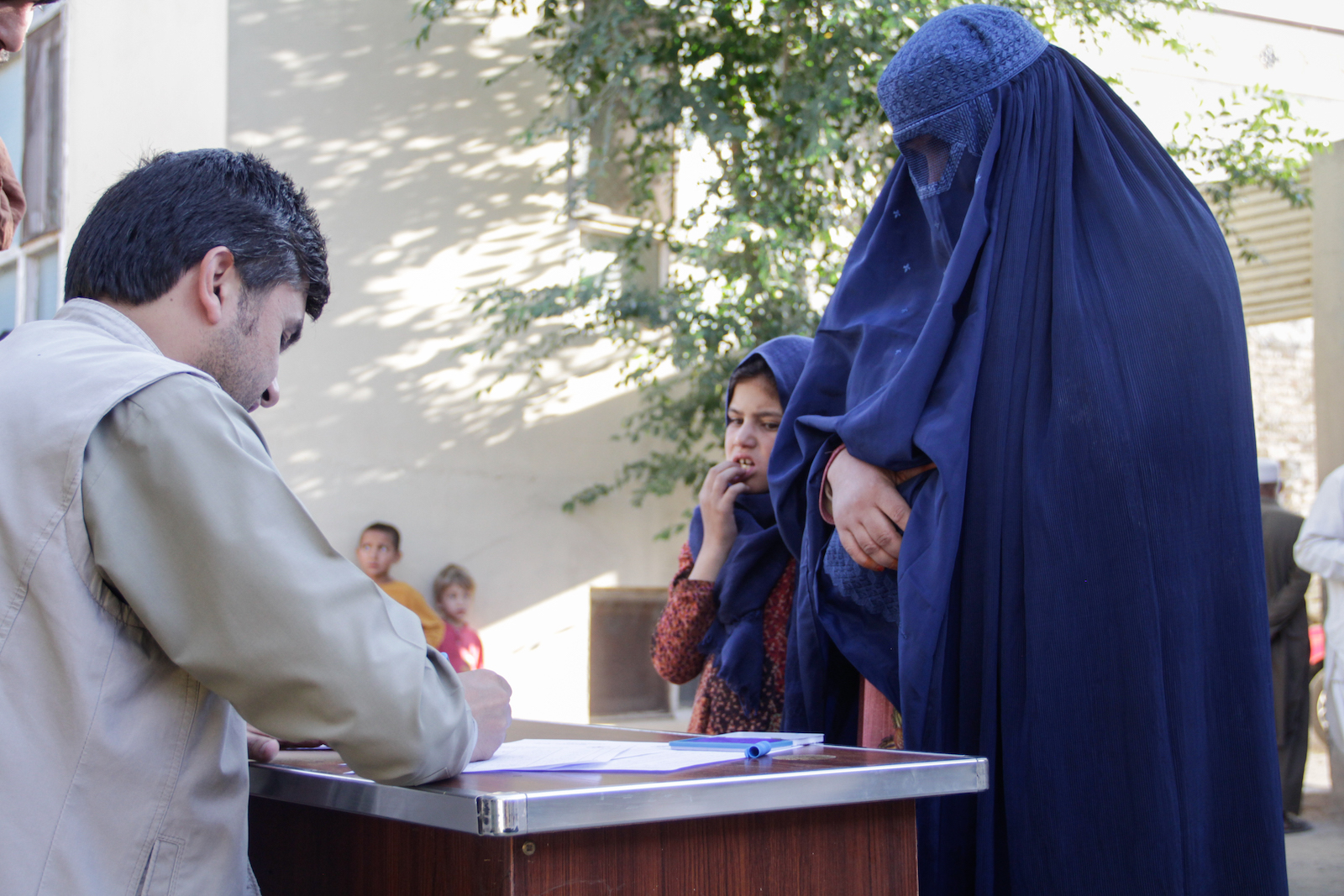
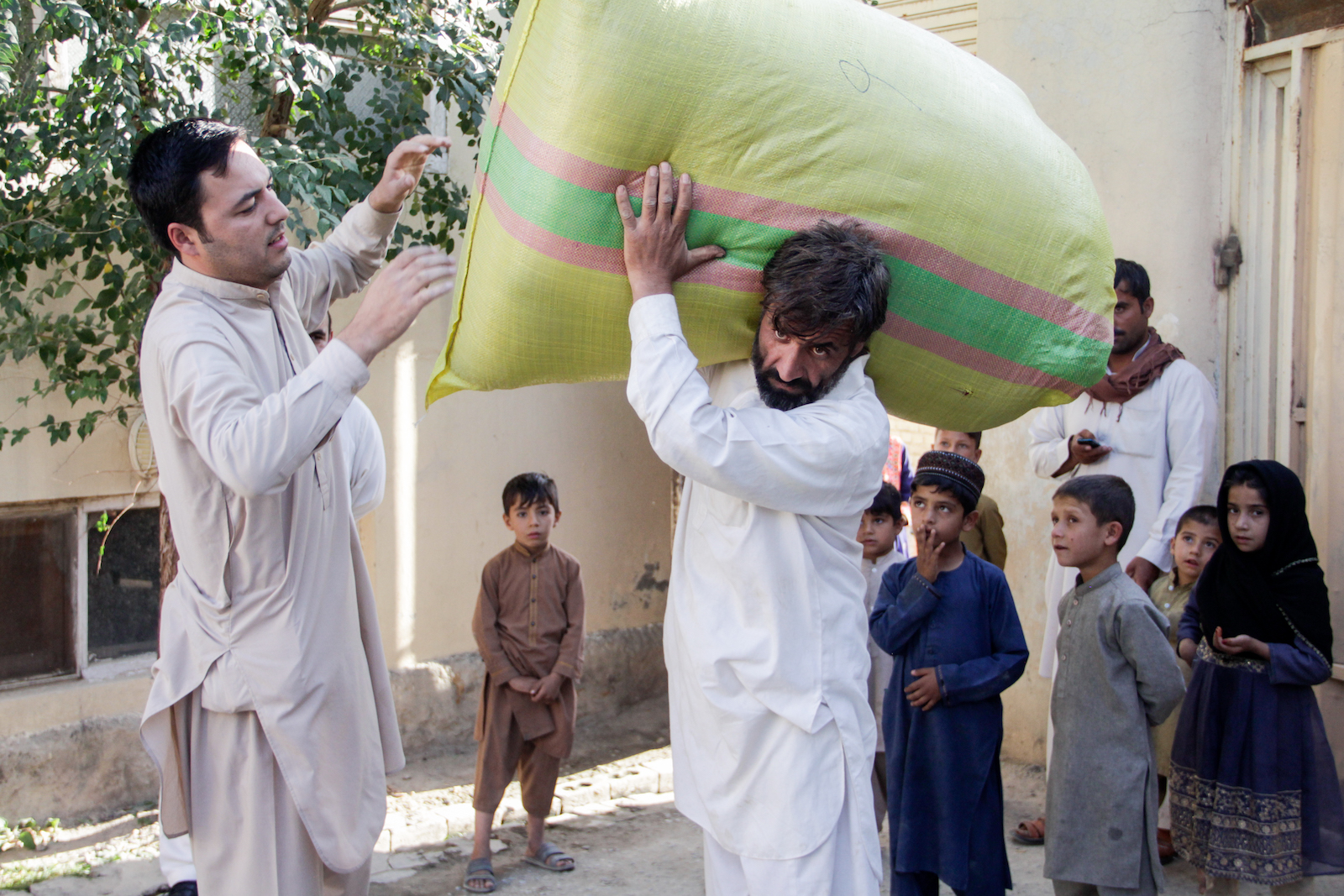
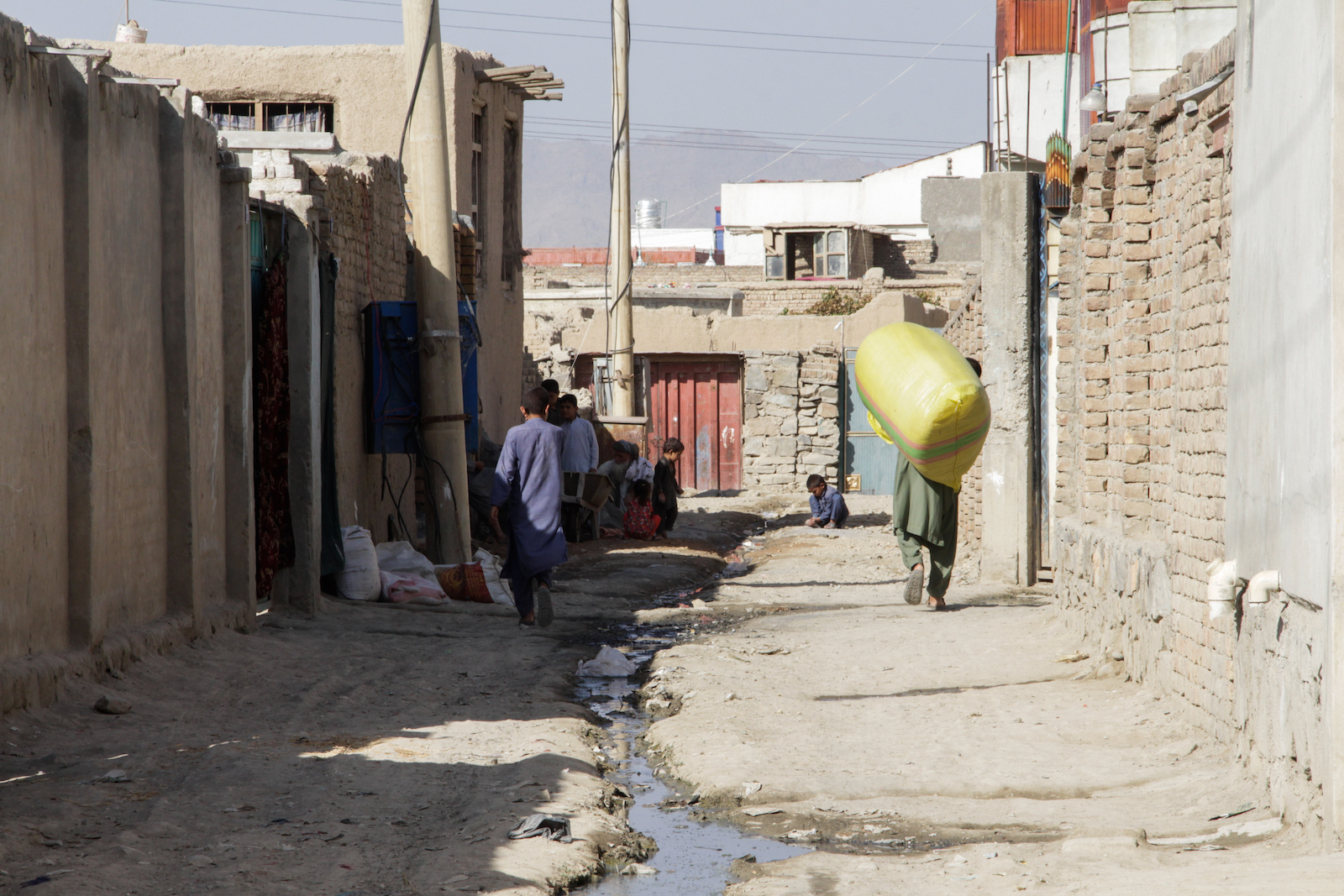
2. Women earn an income, by working from home.
Kabul is the largest city in Afghanistan. There is always a need for shelter, food, and water for those who have been displaced by war or hunger elsewhere in the country and are now in the city looking for work.
Afghanistan was in crisis long before the Taliban took over the government. The crisis has only deepened since then. Millions face starvation, and jobs remain hard to come by. The situation is particularly acute for women. Women who used to work outside the home to support their families, now find themselves without the opportunity. The public sector is not hiring, and the private sector is in crisis.
Creating these quilted blankets provided work for 53 women who have no other source of income. They made the blankets in their own homes—actually, on their homes, in a safe environment.
These blankets are made by sandwiching large squares of cloth and fluffy cotton, stitched together by hand in a way that creates channels to trap air (unlike western whole-cloth quilts, which aren’t made to preserve the loft of the stuffing.) Once tucked underneath, with a warming box in the middle of the blanket, a very cozy environment is created.
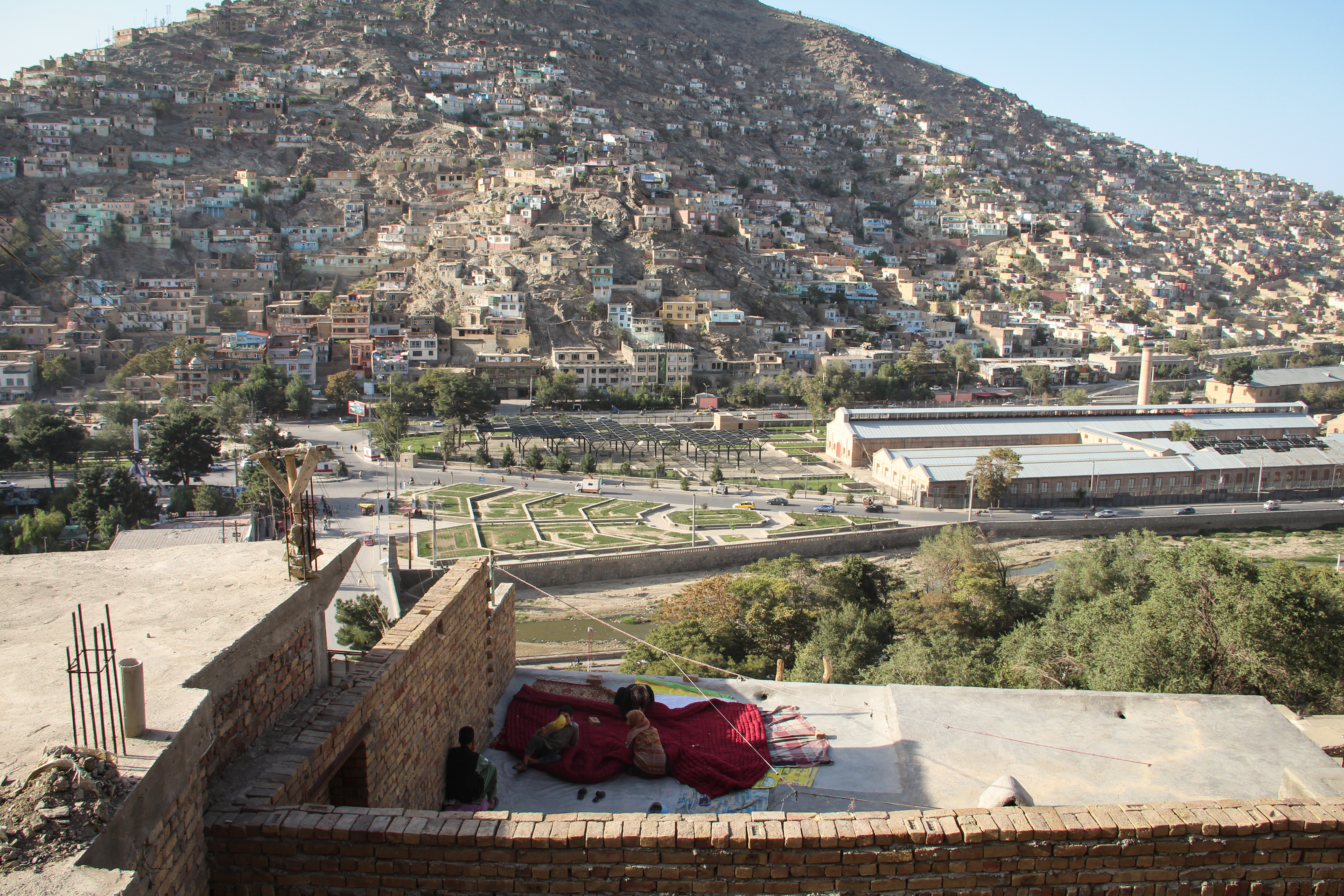
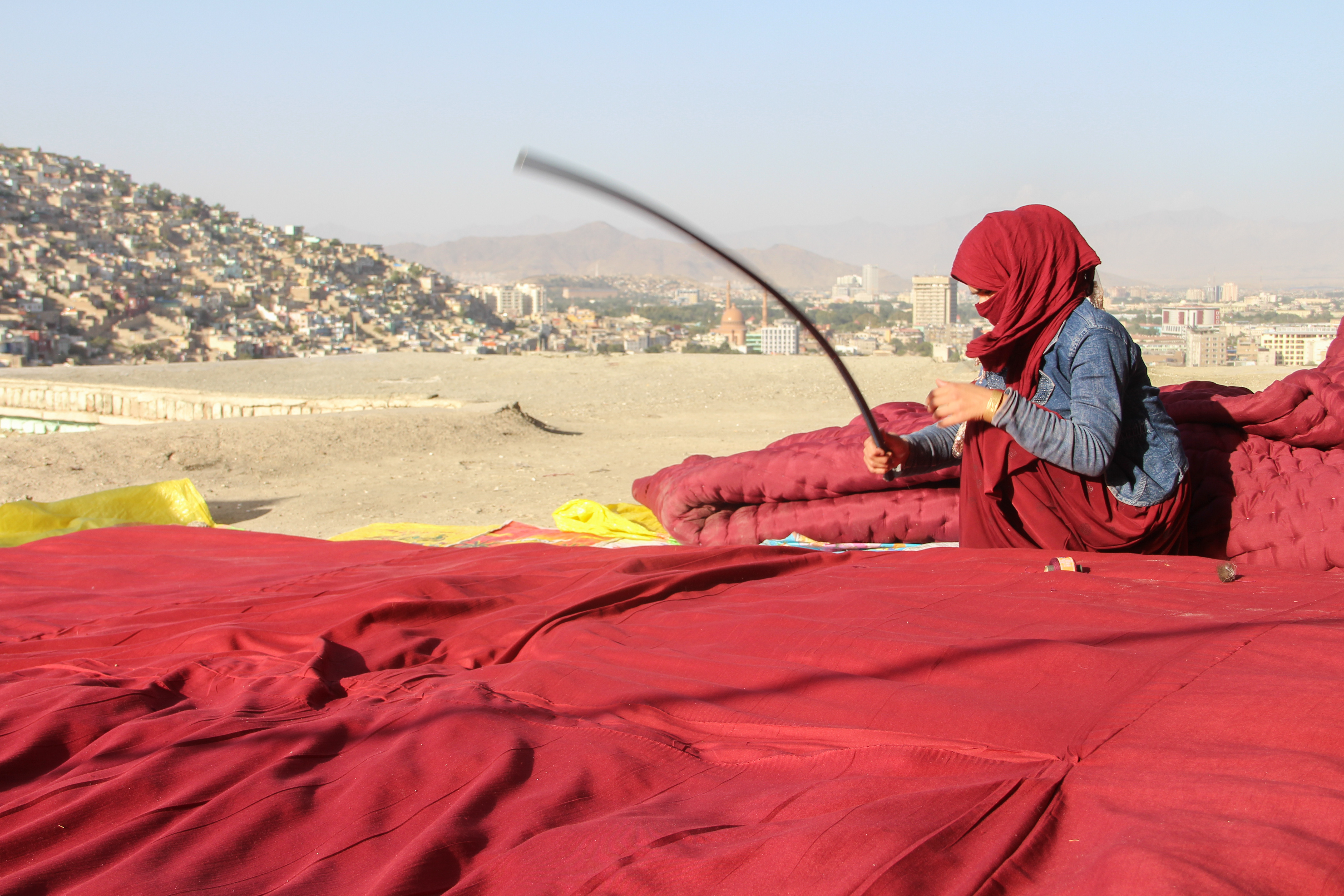
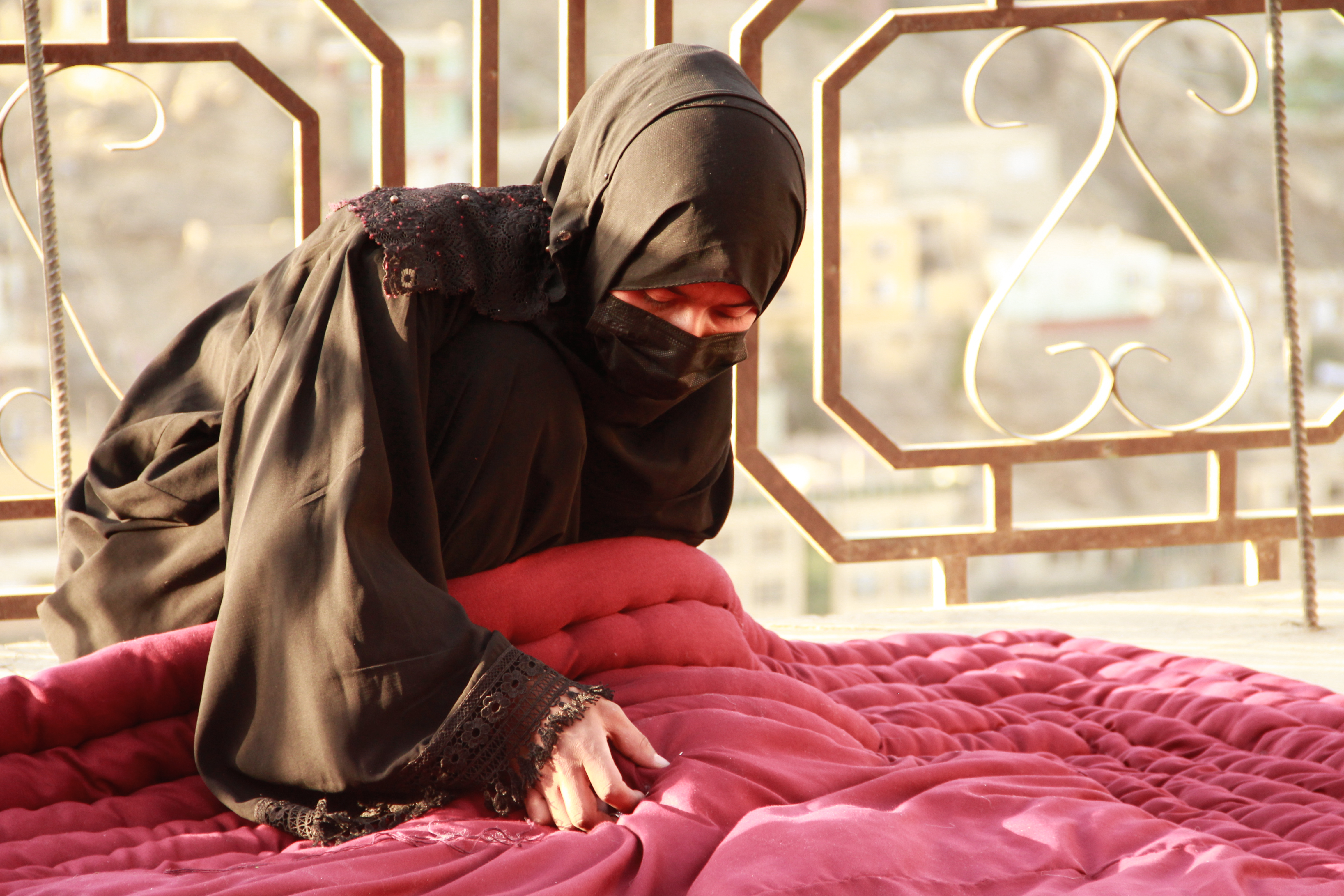
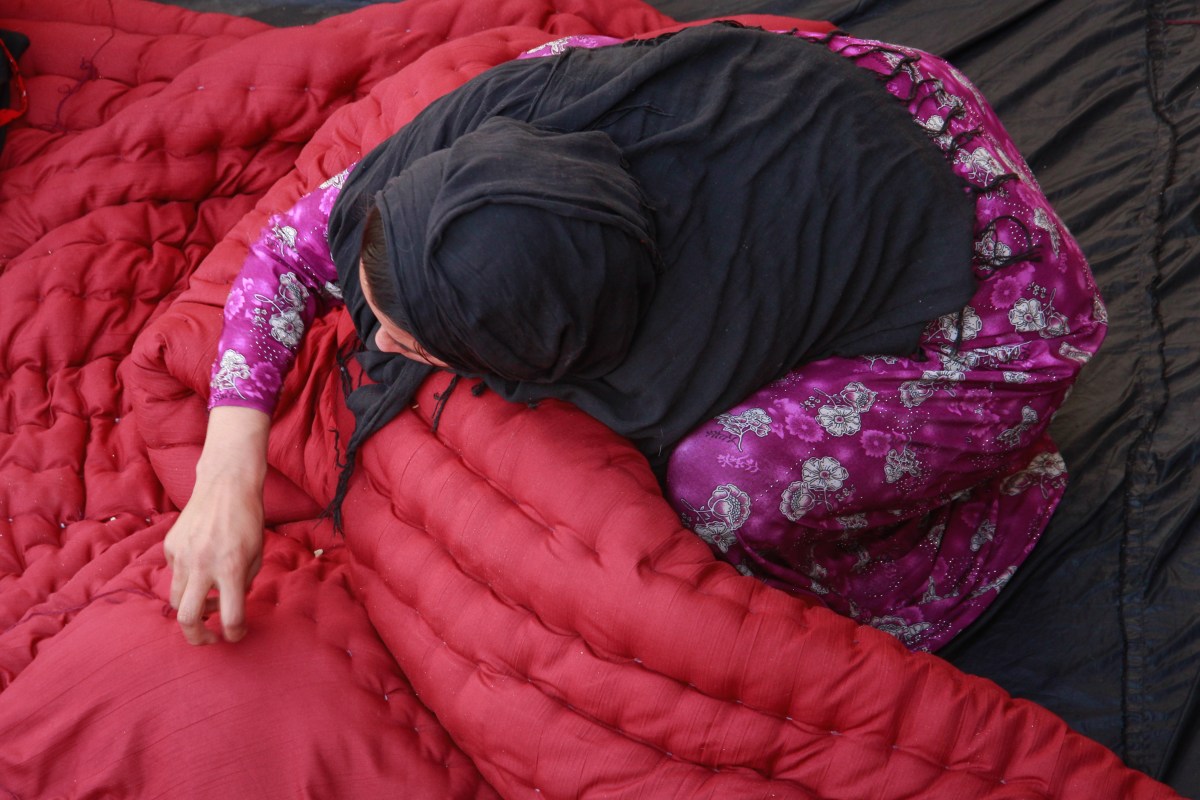
3. Families are together, making good memories.
The social implications for a country at war for decades are profound. Countless lives are lost to violence. Countless people flee to other countries, for a chance to start over somewhere safe. Communities are broken apart as families are displaced to other regions within the country. And the bonds that keep people safe, known, and valued are unraveled.
One of the favorite memories we hear about from our Afghanistan team is the long stretches of time they spent together as a household, cozy. Winter evenings were spent sitting together under the family blanket, sharing stories and connections. All generations in the family were together. Everyone had the chance to listen and share.
For families who have lost so much, the warmth of connection is just as important as the physical heat these blankets provide.
You can change the story for so many more vulnerable families in Afghanistan. As a community, we can make sure that children and the elderly survive a brutal winter. We can provide work for women who have lost the ability to work outside the home. We can help families to strengthen the bonds which keep them moving forward in brutal circumstances. And we can give parents one less thing to worry about.
